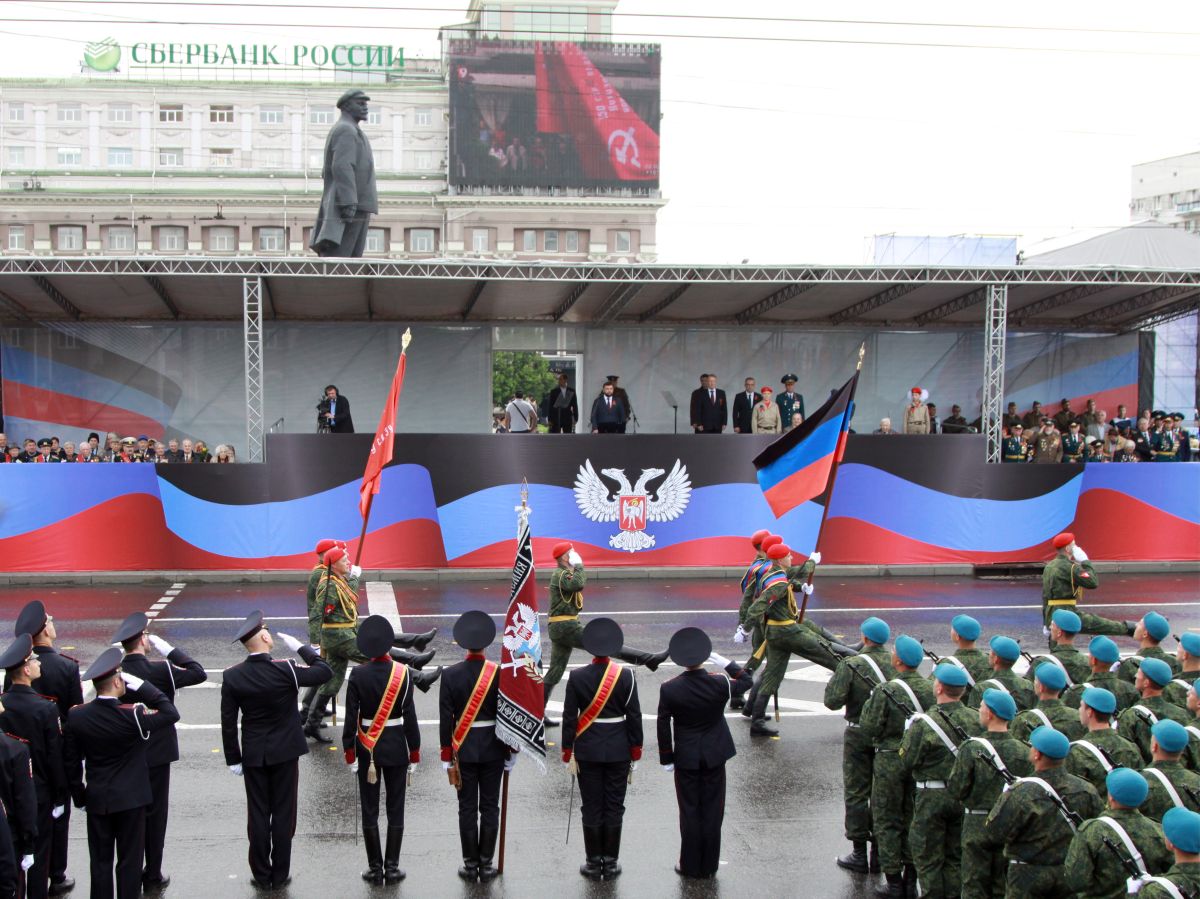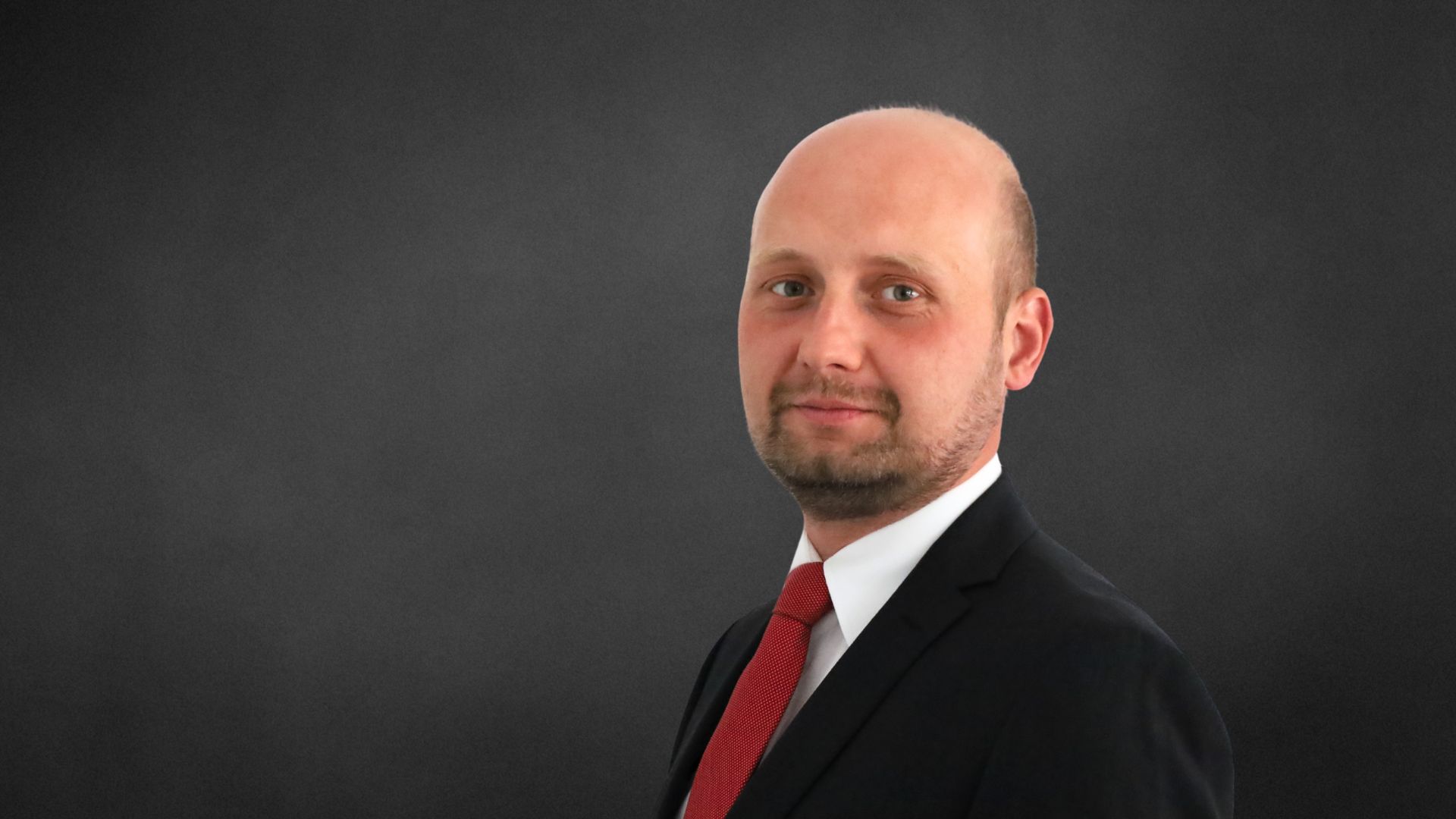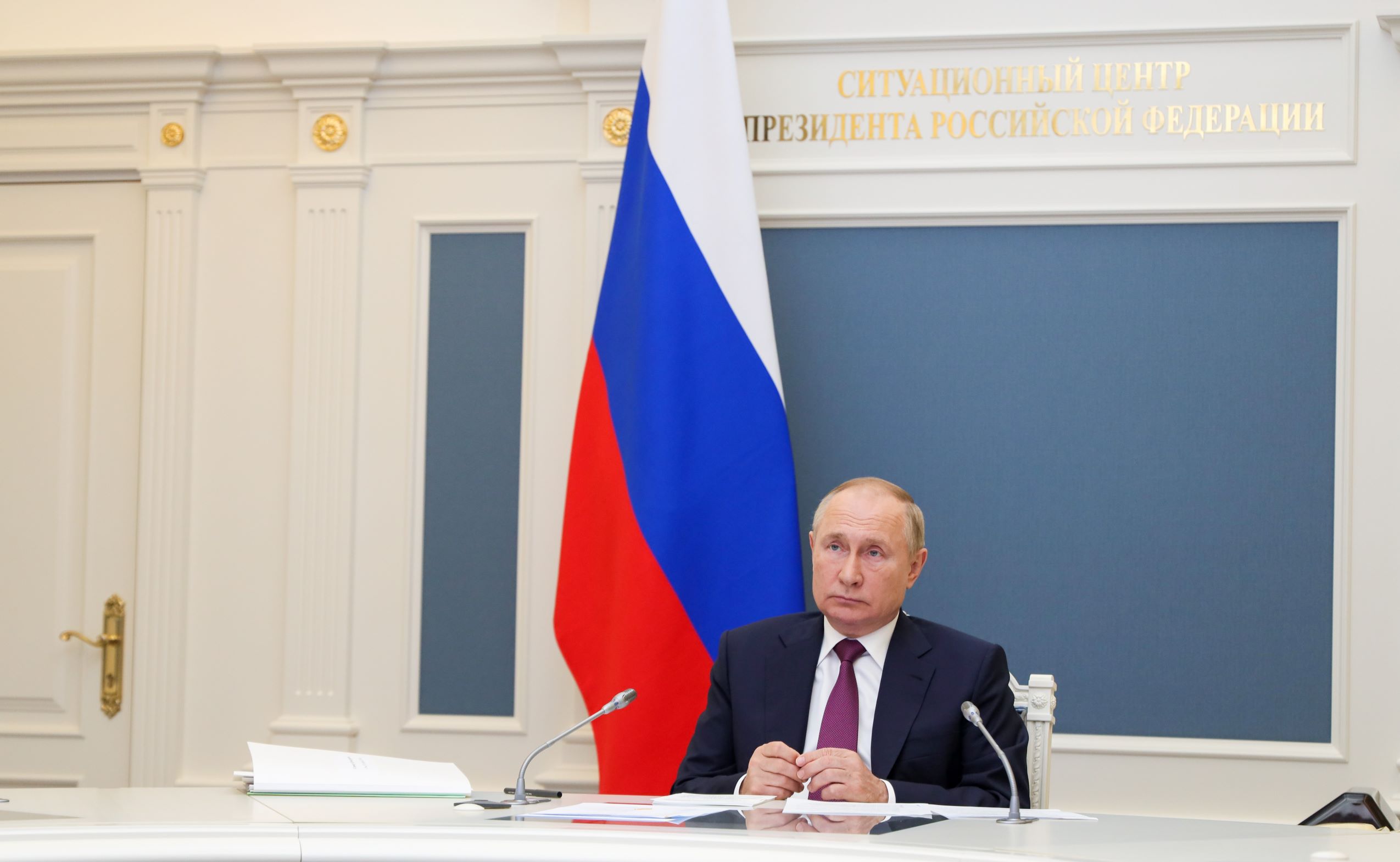Russia Recognises 'Peoples Republics' in Donbas
On 21 February, President Vladimir Putin announced Russia’s recognition of the independence of two separatist entities in eastern Ukraine, the so-called Donetsk and Luhansk People’s Republics (DPR and LPR), and the deployment of Russian troops there. It is a step towards further destabilisation of the situation in Ukraine and a flagrant violation of international law and the Minsk agreements, which amounts in fact to a rupture of the peace process. It is in the interest of Poland and other states that support the peaceful settlement of disputes and respect for international law to strongly oppose these actions and to impose sanctions.
 Foto: Valentin Sprinchak/TASS/Forum
Foto: Valentin Sprinchak/TASS/Forum
What measures have been taken alongside Putin’s decision?
The recognition of the DPR and LPR was accompanied by the signing of friendship, cooperation and mutual assistance agreements between them and Russia and the introduction of Russian armed forces into the territories of the “republics” in order to “maintain peace”. Russian soldiers have been present in the occupied territories in Donbass and have been engaged in fighting with the Ukrainian army since the beginning of the Russia-Ukraine war that broke out in 2014, but Russia has so far denied this. Russia has not precisely defined the borders within which it has recognised the “people’s republics”, which gives wide scope for interpretation, from the territory effectively occupied by Russia on 21 February 2022 to areas established in the constitutions of the two “republics”, which extend across the Donetsk and Luhansk regions. This ambiguity provides scope for provocation by the Russian military, which will take part in securing the borders of the “republics”. This is all the more possible given that in his pre-recognition address, Putin described the Donbas as an area artificially attached to Ukraine—similar rhetoric Russia used to justify the annexation of Crimea.
Why did Russia recognise the so-called people’s republics
Russia’s aim regarding Ukraine is to politically subordinate it and to force the West to recognise it as belonging to Russia’s sphere of influence. This was to be served by forcing Ukraine to establish a “special status for Donbas”, which Russia had been seeking since 2014. It would allow it to influence Ukrainian politics through the puppet authorities of autonomous regions in the area. Recognition of the independence of the DPR and LPR and the open introduction of troops into eastern Ukraine is the result of the failure of Russia’s policy of forcing concessions on Ukraine through diplomacy and marks a break in the peace process. In view of this, Russia probably intends to bring about a change of power in Ukraine or to force concessions by military force.
How should Russia’s actions be assessed from the point of view of international law?
Russian recognition of the DPR and LPR and the deployment of troops on a part of the territory of Ukraine without its consent constitute a serious breach of the obligation to respect the territorial integrity and sovereignty of that state and the prohibition on intervention in its internal affairs, as expressed, among others, in the Charter of the United Nations, the CSCE Final Act and the 1994 Budapest Memorandum. They are also in flagrant contradiction with the aim and purpose of the Minsk agreements, including the provisions on the withdrawal of foreign armed formations from Donbas and the restoration of Ukrainian control over the entire Ukrainian-Russian border. As such, these actions authorise Ukraine to indefinitely suspend the application of the agreements. The recognition of the “republics” also contradicts the principle of non-recognition of entities created by force applied by the UN, for example, to the Turkish Republic of Northern Cyprus. It does not legalise the stay of Russian troops in Donbas, which constitutes an occupation and meets the definition of aggression contained in UN General Assembly Resolution no. 3314 of 1974.
What is Russia likely to do next?
Russian armed forces in the Donbas may seek direct engagement with Ukrainian troops in order to gain a pretext for a deeper incursion into Ukrainian territory. The most likely scenario is a gradual escalation of the fighting, including the use of artillery and rocket forces. Its aim will be to force a ceasefire agreement on Ukraine on terms more favourable to Russia than the Minsk agreements. Russia will count on weakening the position of President Zelensky and plunging the country into an internal crisis, as well as the collapse of international support for Ukraine. In addition, it will continue to seek NATO concessions on the security architecture in Europe.
How can Poland, the EU, and NATO react?
Poland, the EU, and NATO already condemned Russia’s recognition of the DPR and LPR on 21 February. Similar resolutions could be adopted by the Parliamentary Assemblies of the Council of Europe and the OSCE and by the European Parliament, among others. The EU should extend sanctions to states cooperating with the “republics” and to private entities involved in investment or trade there, and should implement some of the sanctions envisaged as a response to Russia’s full-scale aggression against Ukraine, for example, on the Nord Stream 2 gas pipeline. It would also be advisable to work towards the adoption of a UN General Assembly resolution declaring non-recognition of the DPR and LPR by the UN on the grounds that they were established by use of force, in order to make it more difficult for them to obtain wider recognition. It would also be desirable to activate procedures in the event of serious violations of membership obligations in other organisations of which Russia is a member, such as the OSCE Berlin Mechanism and the Council of Europe’s complementary joint procedure. It is necessary to continue diplomatic, financial, and military support for Ukraine.




_sm.jpg)